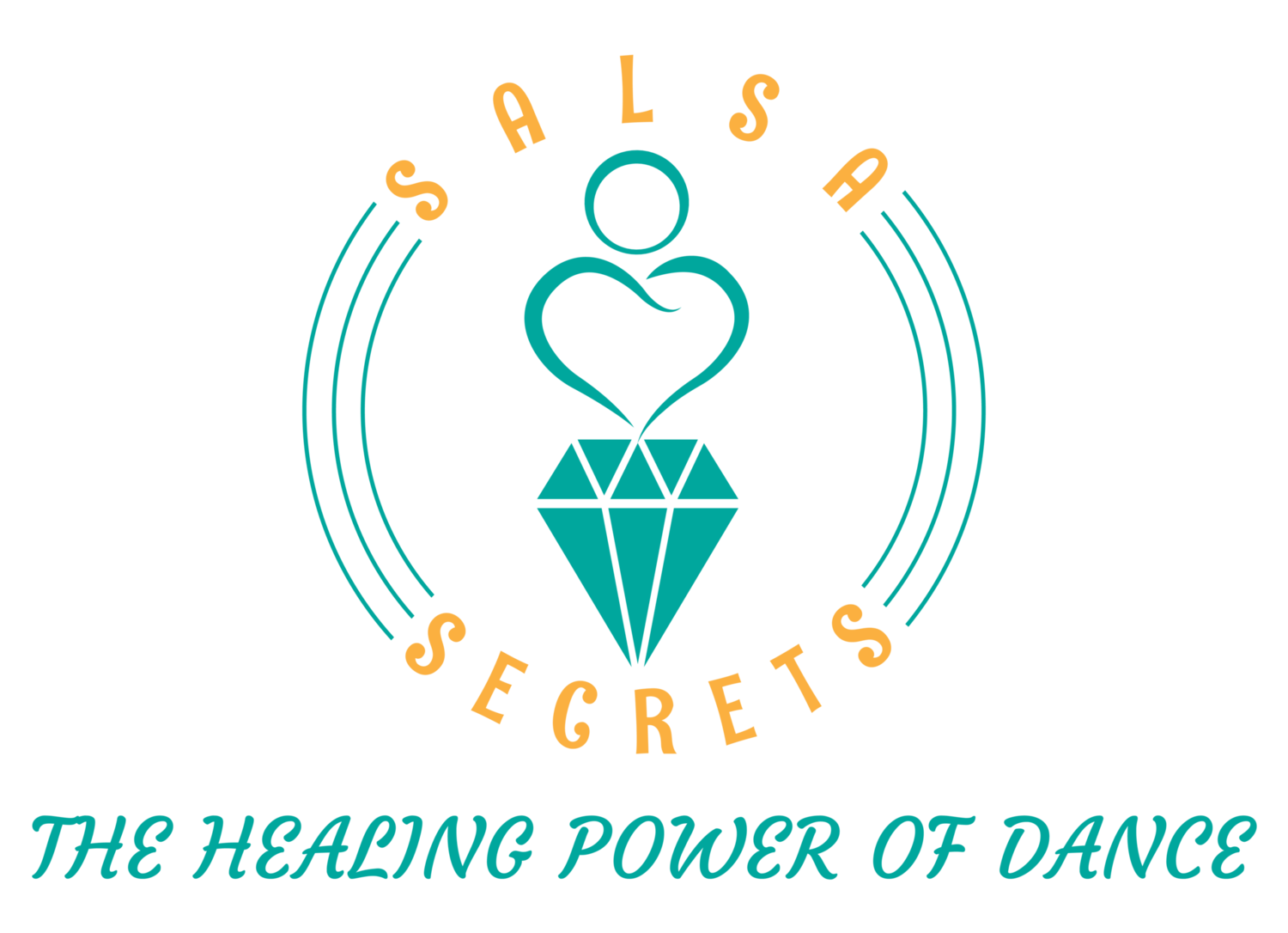As many of you know, Piotrek is a jazz musician. Salsa Secrets in many ways has married his love of music and his passion for teaching dance. A big part of that has been leaning into the influences of Cuba.
Cuban-born, Arturo Sandoval has left an indelible mark on the world of jazz and has provided tremendous inspiration to us. In the realm of jazz and beyond, the name Arturo Sandoval is synonymous with virtuosity, innovation, and an unwavering dedication to music. This blog takes you on a captivating journey through the life and career of Arturo Sandoval, an extraordinary Cuban-born musician who has left an indelible mark on the world of jazz.
Early Life and Musical Roots
Arturo Sandoval was born on November 6, 1949, in Artemisa, Cuba. From a young age, he displayed an innate talent for music, and it was his passion for the trumpet that set the course of his life. He received formal training at the Havana Conservatory and quickly rose to prominence in the Cuban music scene.
Cuban Jazz Pioneer
Sandoval's journey as a musician was marked by his fearless exploration of various musical genres. In his early years, he gained recognition as a leading figure in the Cuban jazz movement. He was an essential part of the legendary Cuban group Irakere, which blended jazz, rock, and traditional Cuban music, pushing the boundaries of what jazz could be.
Defying Expectations
Sandoval's incredible trumpet skills set him apart in the world of jazz. His remarkable range, impeccable technique, and improvisational prowess drew comparisons to jazz giants like Dizzy Gillespie and Clifford Brown. He even caught the attention of his idol, Gillespie, who would become a lifelong friend and mentor. Sandoval's friendship with Gillespie played a pivotal role in his journey to the United States.
Escape to Freedom
In 1990, Arturo Sandoval made a daring and dramatic decision that would change the course of his life. Fleeing the oppressive Cuban regime, he sought asylum at the U.S. Embassy in Rome. This act of courage came at great personal risk, as the Cuban government considered his defection an act of betrayal. Sandoval's escape was an act of sheer determination to continue pursuing his love for music and to enjoy artistic freedom.
An American Dream Realized
Upon his arrival in the United States, Arturo Sandoval embarked on a prolific career as a jazz musician. He continued to dazzle audiences with his remarkable trumpet skills, earning numerous accolades and awards. His virtuosity and innovation in the realms of Latin jazz, bebop, and fusion made him a respected and celebrated artist.
Legacy and Influence
Arturo Sandoval's impact on the world of jazz is immeasurable. His ability to transcend musical genres, blend cultural influences, and push the boundaries of what a trumpet could do has inspired countless musicians. Sandoval's rich discography includes albums that explore traditional Cuban music, jazz standards, and even classical compositions, demonstrating his versatility and musical depth.
Arturo Sandoval's journey from a small town in Cuba to international acclaim is a testament to his unyielding passion for music and his relentless pursuit of artistic freedom. He stands as an enduring symbol of courage, talent, and the transformative power of music. Arturo Sandoval's life and music provide a compelling narrative of a remarkable artist who broke boundaries, crossed borders, and left an indelible mark on the world of jazz.


